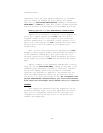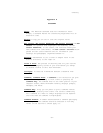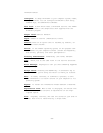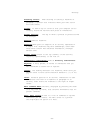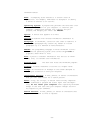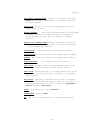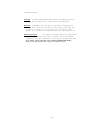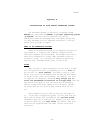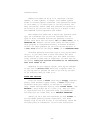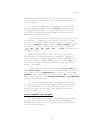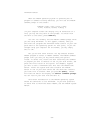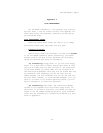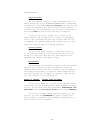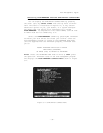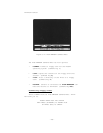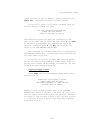
ThinkTank Manual
PASCAL file names can be up to 15 characters (letters,
numbers, or other symbols) in length. Since PASCAL systems
differ in allowing special characters (like punctuation marks)
in. file names, it is usually best to use only letters, num—
bers, and periods. Select names that describe the contents of
your files so you can tell what they are at a glance. A name
like TASKPLAN is more expressive than FILEI4.
Most PASCAL file names have a suffix that describes their
type. As a ThinkTank user you will be concerned with two
types of files. ThinkTank outlines are generally stored in
outline files which have the suffix .DB (for data base), as in
TASKPLAN.DB. However, outline files cannot be read by most
other programs or incorporated directly in another ThinkTank
outline. For these purposes you can store outline material in
a text file which has the suffix .TEXT, as in TASKPLAN.TEXT.
ThinkTank generally knows what type of file you’re refer-
ring to, so you rarely need to enter the suffix. But since
the suffix is part of a file name, your file names are effec-
tively limited to fewer than 15 characters. To leave room for
the suffix, limit your outline file manes to 12 characters,
text file names to 10.
Depending on your computer system, files may be arranged
on your disk in directories which have a separate name. If
so, you may have to precede the name of the file by the name
of its directory when you refer to it.
DISKS AND DEVICES
Files are stored on disks which may be floppy (flexible
plastic disks encased in paper covers) or hard (rigid rings
contained inside your computer or enclosed in a separate
case). PASCAL distinguishes disks by their volume manes, like
PROJECT:, which always end in a colon (“:“). When you refer
to a particular file on a particular disk, you precede the
file name with the volume name, as in PROJECT:TASKPLAN.
Before you use a disk with ThinkTank you must format it
for the PASCAL operating system. Essentially, this means
drawing a map on the disk so that it can accurately record and
find each piece of information. You will find instructions
—94—



